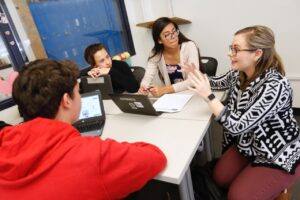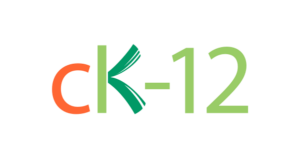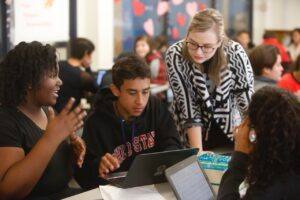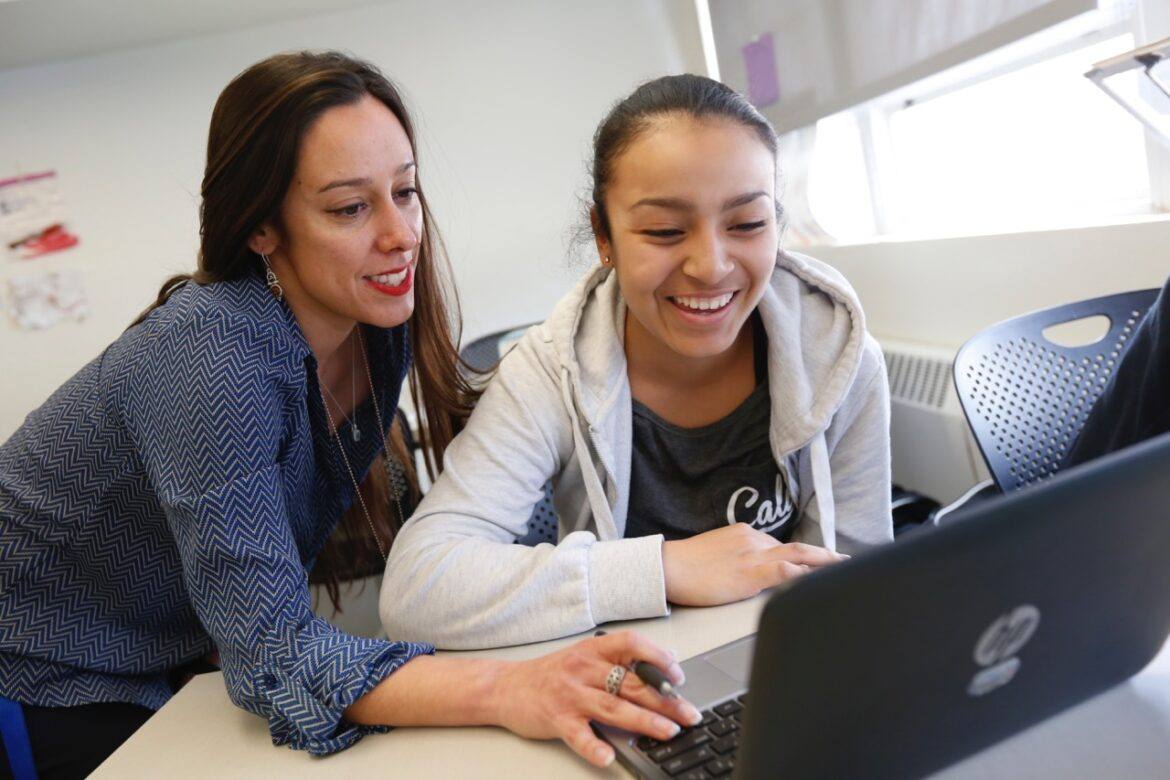Four years ago, my very first meeting with my new superintendent went something like this. Having never met him, I nervously walked into his office. After some introductions and minor chit-chat with a group of people around the table, we all sat down and he asked me this question: “Why do we buy textbooks?”
I struggled for a response and finally delivered the absolute worst answer that a superintendent hired to bring innovation to a school district could hear: “Because…we have always bought textbooks?”
Luckily, I believe that was the answer he was expecting to hear because no one else had offered a better answer. He looked at me and the other people in the room and asked rhetorically “Why do we pay for information that is already out there for free?”
It Starts by Asking Why
His question cuts to the heart of Open Educational Resources (OER) as learning tools. Why do we have to pay for information that is freely available? When you think about it, who owns the periodic table of elements? Who owns the water cycle? The list of prepositional phrases? Right triangles? The answer of course, is no one. That knowledge is in the public domain for everyone to learn and use. What we pay for is how that information is packaged and merchandised.
 Our district’s journey into OER had begun. During that meeting, I was tasked with finding out how our district could save money by creating our own textbooks using as many OER materials as possible. The district had just gone through the adoption process for science instructional materials and had estimated it would cost close to $2 million for 18,000 students. What if we could use that textbook money in another way? Perhaps to purchase technology for students?
Our district’s journey into OER had begun. During that meeting, I was tasked with finding out how our district could save money by creating our own textbooks using as many OER materials as possible. The district had just gone through the adoption process for science instructional materials and had estimated it would cost close to $2 million for 18,000 students. What if we could use that textbook money in another way? Perhaps to purchase technology for students?
Investigating Options
I remembered meeting a young lady at the 2012 TCEA Convention who worked with an organization called  ck12.org. Being a nerd, I recorded an interview with her and posted it online. Revisiting that video, I soon contacted the folks at ck12.org. They had textbooks in science and math through a system in which districts or schools could adopt and modify the texts to meet their instructional needs. This could enable us to add and subtract whatever we wanted (as long as the material was not copyrighted) and call them our own. The only caveat was that we had to share whatever we had created with the larger community.
ck12.org. Being a nerd, I recorded an interview with her and posted it online. Revisiting that video, I soon contacted the folks at ck12.org. They had textbooks in science and math through a system in which districts or schools could adopt and modify the texts to meet their instructional needs. This could enable us to add and subtract whatever we wanted (as long as the material was not copyrighted) and call them our own. The only caveat was that we had to share whatever we had created with the larger community.
Starting with Science
Within six months, EPISD had created, with the help of Ck12, four science textbooks: Integrated Physics and Chemistry, Biology, Chemistry, and Physics. All were matched to our scope and sequences, as well as to the Texas standards. All were curated by our own teachers who knew our students’ needs better than any anonymous publisher in New York.
In the ensuing years, we have created more science, math, and social studies textbooks. All have been curated by EPISD teachers using OER collected from a wide variety of freely-available sources, such as Rice University’s “OpenStax” project.
Going Open Is a Process
Creating and adopting your own texts from OER material is not without headaches and risks. Teachers balked at first at our “free” textbooks, thinking something must be wrong with them. “Why are you using a free book?” was an often-heard question.

Finding open resources for some courses is problematic, but with the U.S. Department’s #GoOPEN movement, of which EPISD is a proud founding member, more and more content is becoming available daily.
Have we achieved 100 percent OER nirvana? Not yet. There is still a lot of work to do, and we are iterating our processes as we go. But by starting down this path, we have begun a process that can only lead to more OER content being used. This in turn can have powerful benefits for our budget and ability to supply more technology resources in our schools.
You have to start somewhere. Which, now that I think about it, probably would have been a good answer way back in that first meeting.
This is a guest blog by Tim Holt. Holt is a 32-year educator with experience in classrooms, research, and instructional technology. He is a past president of TEC-SIG and recipient of the ISTE “Make it Happen” award. His blog, Holtthink was named one of the top 50 most influential ed tech blogs in 2014 and 2015. He lives in Canutillo, Texas and is the Director of Technology Pilots and Innovation for El Paso ISD.

